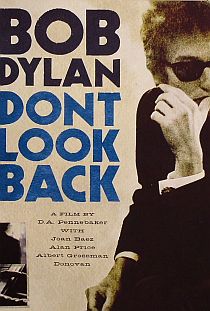


DOC Discussion/ 5

Philippe Van Meerbeeck writes:
Dear friends, My heart bleeds when I read your lines. They talk about a past that will not come back. ‘Television is dead but doesn’t know it’: when I said this in 2005 to a room full of filmmakers, my good friend Tue looked cross, probably thinking: ‘there goes my audience’. Six years later, it is a fact.
Television is alive and kicking, we never watched more television but feature doc is almost gone. Agents, buyers, schedulers will tell: hardly any slots and little money. That market dried up, the audience went elsewhere. They have reason to.
The days of choosing between one or two national channels are over. Cable, digital tv, VOD, IPTV, Netflix, i-Player, Google TV: today you can access almost any content ‘right here, right now’. In that jungle, the only way for linear (= live) television to make a difference is create events: big audiovisual ceremonies hyped as ‘must see’ because in need of huge audiences, they’re expensive.
Second track are series: a linear tv audience behaves like addicts: the same kind of soup in the same plate on the same hour, every day. Series saved television, and Hollywood by the way. One-off feature docs are a nuisance in a horizontal programme schedule. Little audience, little budget, midnight slot: that’s the logic of tv programming today. The days of the omnipotent commissioning ‘moguls’ are over: channel managers and controllers decide where the budgets go. They’re not at your pitching table.
The cry for feature docs can be compared with the one for art programs on tv. The ‘happy few’ complain there are not enough, yet they do not watch
because they have other access: they read the magazines, go to the openings and meet the artists. Most art programs reach a ‘niche’ audience: small, fragmented but committed.
‘Know your niche’ is important today. In the old days of linear tv, an audience was always a number (total amount of viewers) and a percentage (marketshare). Today intricate social dynamics are involved: your audience moves continuously from one media (e.g. print) to another (audio/video) and vice versa, and from one screen (mobile, tablet) to others (lap/desktop, flatscreen) and vice versa. And it wants to access, share and take your ‘content’ with it, in one integrated flow.
Look at your Facebook page: you can access, share and distribute text, music, pictures, video. Soon you’ll be able to screen films, connecting your tablet or laptop with a bigger screen. Social media will become your main interface with the (virtual) world, as it already is for the Y generation.
And feature doc in all this? The age of dino-docs may be over and yes, we’re in a limbo between the old and the new. Documentary needs to adapt but will not disappear: stories that matter will always be told. But they will be told differently for changing audiences interacting with different screen. So more hybrid and shortform stories in the future, since these function better on the new screens. Storytelling that needs new grammar, new tools, new skills. But once a storyteller, always a storyteller: documentary will survive.
Philippe Van Meerbeeck, Doc fan & Strategic Policy Advisor at VRT, Belgium
Photo chosen by PVM: Don’t Look Back, Pennebaker, 1967.